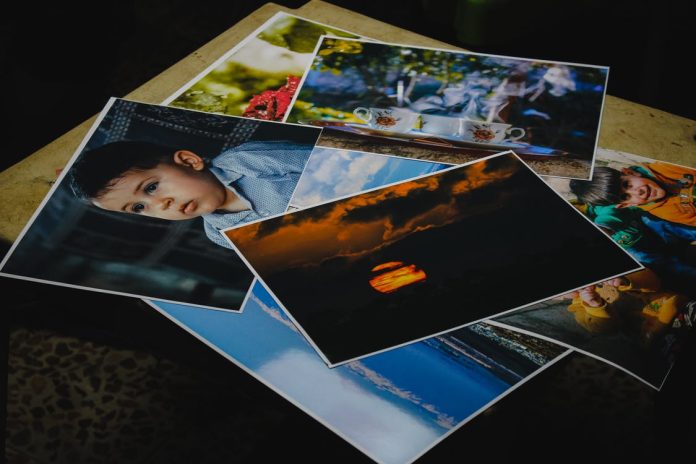There is nothing as exciting as clicking the best stock images for your blog. Stock photographers are the people who provide stock images for bloggers and other online content creators. These images are used as part of your blog posts, website design, advertisements, etc. It is very important that you use quality stock photos while creating content because they can make or break a blog post.
So, today we will discuss how to click the best and most relevant stock images to sell online:
Table of Contents
Know what trends are coming up in your industry
It’s important to know what trends are coming up in your industry. You can find inspiration by using the internet and searching on stock photography sites. Looking at top photographers’ work is a good way to get ideas for new subjects or techniques you may want to use in your photos.
While it’s great to be inspired, make sure you’re not shooting the same thing as everyone else. Don’t just shoot for the sake of it; only shoot when there is something unique about an image that nobody has seen before.
Find inspiration from top stock photography sites
There are many stock photo sites on the internet. They range from personal portfolios to professional companies that sell their images. You can use these sites to get inspiration and learn what types of photos are popular in your field. For instance, platforms like are a great way to get some inspiration to step up your stock photography routine.
When using stock photography sites, it’s important to understand what makes a good image stand out from all the others. A great picture will help you understand what kind of look or feel you want for your product or service. It will also show how much other people pay for similar images.
Get organized by creating a shot list
It’s easy to get overwhelmed when trying to capture various images, so planning your shooting session before leaving the house is important. A good way to do this is by creating a shot list.
A shot list will help you stay organized and ensure that you don’t forget anything important. It should include the shots you want to take (examples: portraits, landscapes), as well as any specific details about those shots (example: angle, lighting).
If possible, make sure that each item on your list is realistic and achievable—nothing kills momentum like getting halfway through an outdoor shoot only to realize that there are no nearby trees for shade.
Use different angles, height, and perspective
One of the best ways to take a fresh look at your images is to use a different camera angle. You should also experiment with how high you are from the ground (the lower down you can get a clearer picture) and what kind of perspective you want: eye-level or overhead.
You can also try taking pictures from different heights, like standing on a chair or climbing up on something. Play around with how far away you are from your subject and see how that changes the picture.
Capture variety, including close-ups, medium shots and wide-angle shots
To get the best images to work with, you’ll want to capture a variety of shots. This includes close-ups, medium shots, and wide-angle shots.
- Close-up shots are great for showing detail—like the texture of someone’s skin or a beautiful flower.
- Medium shots are good for showing context—like an entire room or landscape that can’t be captured in one shot by itself.
- Wide angles show a lot of the background around your subject – including some stuff that might be hard to see with your naked eye (and is often useful when shooting outdoor scenes).
Combining all three types gives you a fuller picture of your story.
Focus on composition, including balance, lines, and colour
You can’t just throw a bunch of random photos together and hope they work. You have to put thought into how they fit together.
A good composition draws the eye into your photo while also directing it where you want it to go. Some tips for achieving this include:
- Balance and symmetry – try placing an element of equal weight on both sides of the image
- Lines, curves and patterns – use them to direct the eye through your image or around its edges
- Colour and contrast – use colour tones that complement each other, but be careful not to mix too many colours (it can look messy)
Capture multiple locations, even if it is just a change of background
One of the best ways to create a diverse portfolio is to take your subject to various locations. Even if it is just a change of background, it will help you create more variety in your work.
The best way to do this is by capturing your subject in different locations, but you can also use the same location in multiple images for a story.
For example, if you have captured several portraits of someone on their home turf, try taking them somewhere else, like outdoors or at an event. This will help make your stories more interesting and unique.
Shoot your subjects in action.
The best stock images are those that show movement, emotion, and action. A photo of a woman sitting on a beach with the sun setting in the background can be beautiful, but it doesn’t give you much to work with if you’re trying to create an image for your website or social media account.
Instead, try shooting your subject in action. Get them moving and looking at their surroundings for a more dynamic shot that will stand out visually when paired with text or other imagery on your page or feed.



















